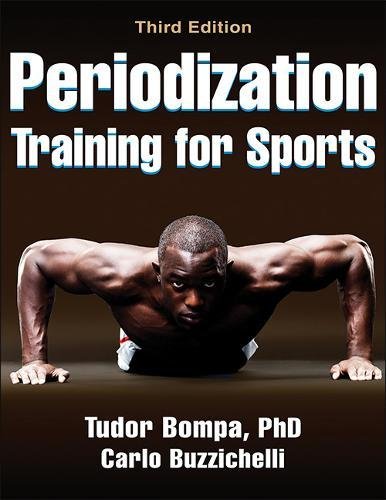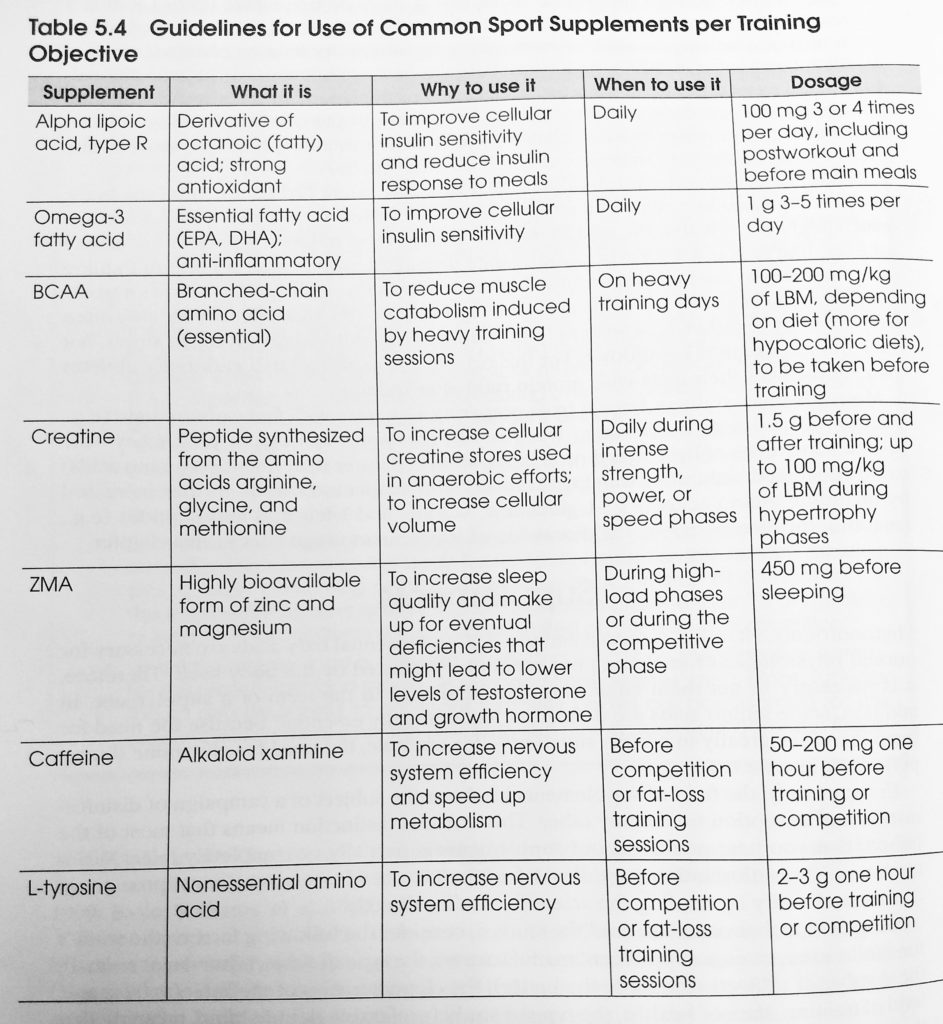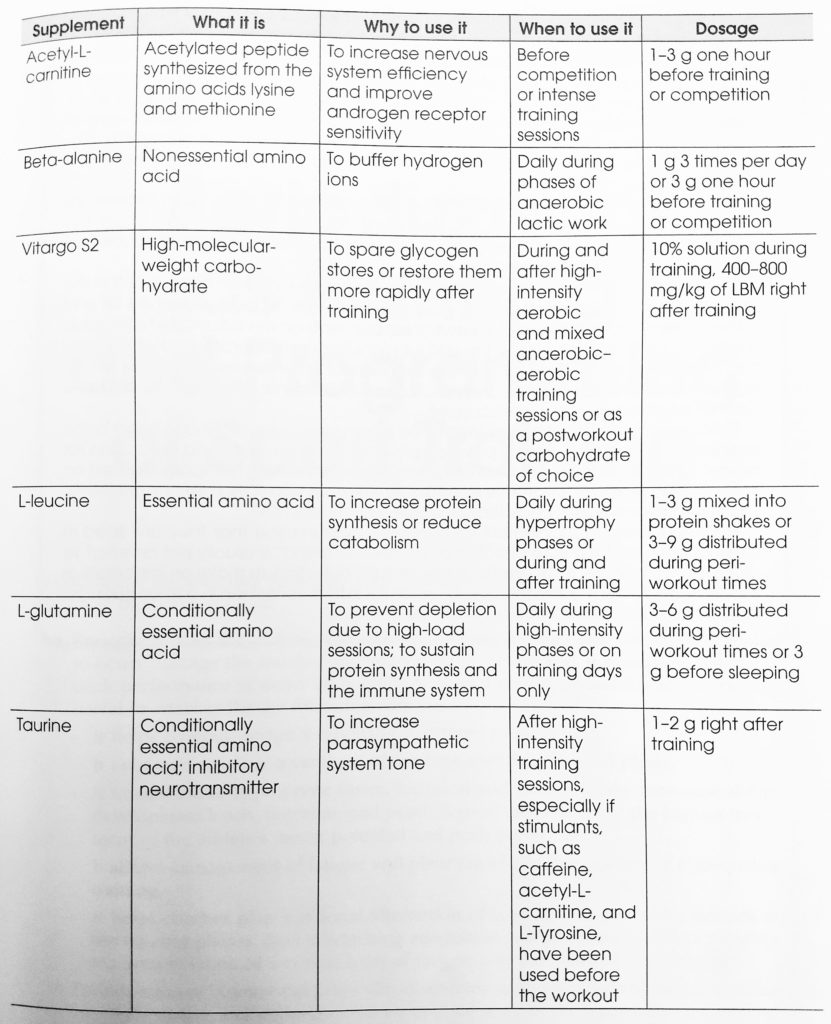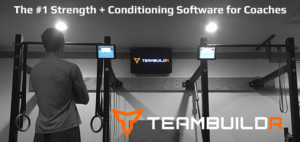
“In the training world, it is often said that a workout is only as good as the recovery that follows. This saying applies to nutrition.”
Last week, we discussed the role of rest and recovery in achieving training induced adaptations that lead to optimal performance. This week, we are continuing a similar conversation by looking at the topic of sport nutrition as presented by Tudor Bompa and Carlo Buzzichelli in their book, Periodization Training for Sport. Please note that my goal is to relay information presented by the authors, not to prescribe specific nutritional strategies as I am not a nutritionist.
Bompa and Buzzichelli give five general principles to follow when considering nutrition.
- Eat every two to four hours. This method helps maintain a high metabolism (which aids in maintaining lean mass and losing fat mass). Also, eating at these regular intervals helps prevent overeating while simultaneously helping ensure high caloric demands are met.
- Eat complete, lean protein at each feeding opportunity. These sources include salmon, eggs, lean red meat, chicken, etc.
- Eat vegetables at each feeding opportunity. Vegetables contain micronutrients that are important for maintaining normal physiological function. Also, they help maintain blood pH levels (important for enzymatic function).
- For fat loss, eat carbohydrates other than fruits and vegetables only after exercise (within about thirty minutes to an hour after).
- Eat healthy fats daily. These sources include mono and polyunsaturated fats (nuts, fish oils, olive oil, and some other vegetable oils.
There are multiple details to consider for athletes in regards to sport nutrition. For the sake of time we are going to look at some more general principles.
- Carbohydrates. These sources include vegetables, breads, fruit, noodles, rice, potatoes, etc. Carbohydrates are important because they are broken down into glucose, which is the primary energy source for our cells. Athletes (everyone) needs carbohydrates. Complex carbohydrates include things like sweet potatoes, whole-wheat, barley, etc. These sources break down and enter the bloodstream slowly. Most carbohydrates consumed should be complex. Simple carbohydrates are usually the “cheap” carbohydrates such as processed cereals and candy (sugar). These simple carbs enter the bloodstream quickly and cause insulin spikes (repeated insulin spikes can desensitize the cell to insulin). It is important to note that these forms of carbohydrates should only be consumed post-workout (or during workouts lasting well over 45 minutes – think sports drink or chew) when insulin is not needed for the glucose to be shuttled into the cells for use.
- Protein. Roughly 1.2-2 grams of protein per kilogram (2.2 lbs.) of body weight should be consumed. Up to 2-3 grams of protein per kilogram should be consumed for athletes in max strength and hypertrophy phases of training. It is important to note the protein is essential for muscle recovery, growth, and function for all athletes. Research has shown that it is helpful for athletes to consume protein and carbohydrates (2-4:1 ratio) together within thirty minutes post-workout to enhance muscle recovery.
- Fat. As discussed earlier is it beneficial to consume healthy fats daily to aid in cognitive health, the immune system, joint health, as well as other things.
- Hydration. It is important to stay hydrated before, during, and after competition. Roughly 1.5 Liters should be consumed for every kilogram of body weight lost from sweat. Feeling thirsty is a delayed response to dehydration and should be prevented.
- Supplements. Bompa and Buzzichelli have compiled a list of common supplements with guidelines for their use. I would encourage you to check out the following table to see if your supplement use matches the intended objective.
Table 5.4 pg. 84/85


Remember, “getting the right nutrition at the right time can increase an athlete’s recovery from exercise and improve his or her strength, power, and muscle-growth adaptation.”
I could ramble on about these topics forever as they are both interesting and extremely important. Bompa, Buzzichelli, and myself would encourage each reader to check out this link (https://www.ncbi.nlm.nih.gov/pubmed/advanced) to continue their own research. I would also like to extend the opportunity to comment on this blog or send in any questions you have about this topic.

K. Hunter Byrd, NASM-CPT
Research Assistant | UNC-Chapel Hill
Injury Prevention Research Center
Rockin’ Refuel BOGO Special! November 15-29!
Buy One Case, Get One FREE! $18 for TWO Cases (24 units)
Contact coach@morlandstrength.com to purchase
“The views, opinions, and judgments expressed in this message are solely those of the authors and peer reviewers. This content has been reviewed by a team of contributors but not approved by any other outside entity including the Roman Catholic Diocese of Raleigh.”




